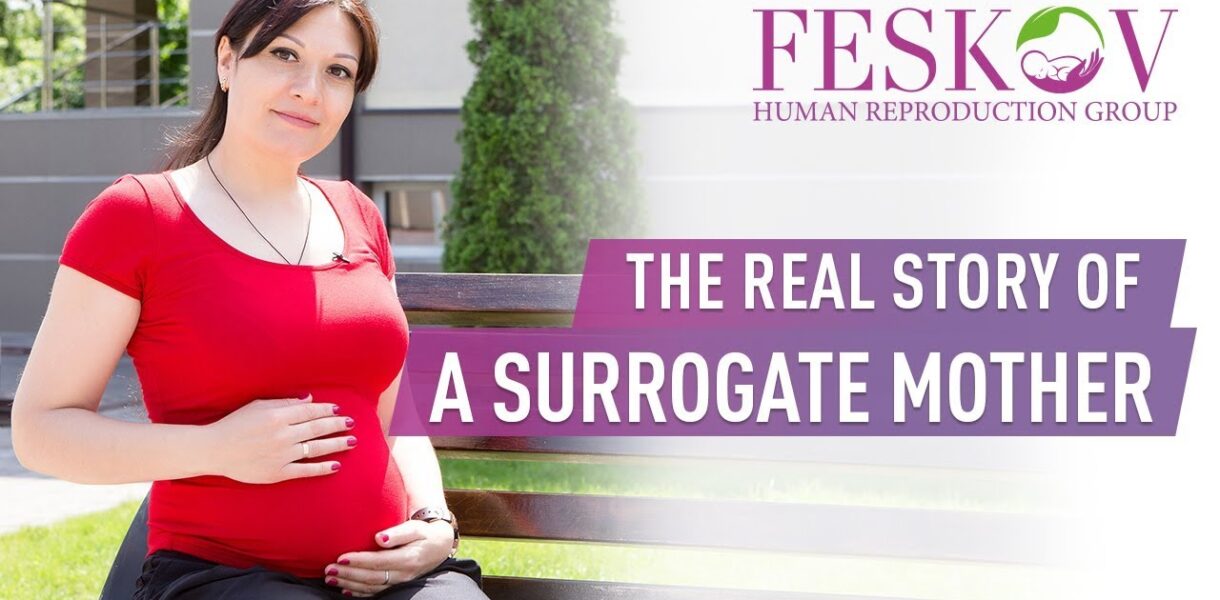How does a surrogate mother work? This is a question asked by many people who are in the process of becoming pregnant through surrogacy. Surrogacy involves the process where an embryo, conceived through in-vitro fertilization (IVF), is implanted into a woman’s womb. Once it is established that conception has occurred, the surrogate mother then carries the baby to term. There are many benefits to this method of reproduction, one of which is the fact that a surrogate mother is not considered a biological mom.
A surrogate mother is also referred to as a gestational surrogate. In this capacity, the surrogate mother aids in the birthing process of the intended parent. In other words, she aids in the procedure where the egg is fertilized with sperm from the intended parents and transferred into the surrogate mother. From here, the eggs and sperm are implanted into the surrogate mother’s womb where she is able to carry the child to term.
One thing that must be understood about the surrogate mother/ gestational surrogate is that the process itself can take a number of different forms. A few of them include: breast feeding, skin grafting, and other surgical processes. While each one of these processes has its own set of requirements, they all typically take place during one medical procedure. For example, skin grafting involves the use of the patient’s own skin; breast feeding requires the surrogate mother to ingest breast milk and carry the infant until natural childbirth.
As stated before, a surrogate mother is not actually a biological mom. She is a surrogate, which means that she carries another life within her in the form of an infant. Because of this, when a woman becomes pregnant, it is typically because her body cannot produce enough eggs on its own. In this instance, a surrogate mother is used.
When a woman becomes pregnant, her body often experiences several complications. The common complications that occur during pregnancy are: pre-term delivery, miscarriages, placenta abruption, as well as birth defects. These complications are generally caused by either hormonal imbalances or genetic abnormalities. A gestational surrogate is used when a woman no longer has the ability to produce eggs. In this instance, the surrogate mother is used as a way to help a woman to experience a pregnancy prior to her being able to naturally conceive. The exact method that is used will vary depending on the woman’s individual circumstances.
Once a woman has become pregnant, she and the surrogate mother work together to complete the pregnancy. This means that the surrogate mother goes into the hospital in order to provide the necessary nutrition for the fetus. She also provides support physically so that the mother can go to the hospital for care. In some cases, the surrogate mother will deliver the infant after the actual pregnancy. Depending on the circumstances of the pregnancy, the surrogate mother may deliver the baby in one of several ways.
A surrogate mother may carry the child to term and allow the birth mother to breast feed the infant. She may also bottle feed the infant until he or she is weaned. In some circumstances, the surrogate may use a surrogate mother and her husband as a couple. If this is the case, each of the partners must be approved by the surrogate before the union will proceed. This is required in many states and may be subject to future legal changes. There are also instances where the surrogate will give birth to the infant and then remain with the birth mother for the period of the pregnancy.
How does a surrogate mother to work with the actual pregnancy? A gestational surrogate will meet with the expectant mother in advance of the scheduled visit. At this time, she will discuss with her if she is a suitable candidate for the surrogate pregnancy. If the surrogate mother is considered a good match for the patient, she will be offered information about prenatal vitamins and she will likely be asked about her level of fertility. The surrogate mother will then provide the necessary information to the intended parents regarding the pregnancy and possible delivery dates.



